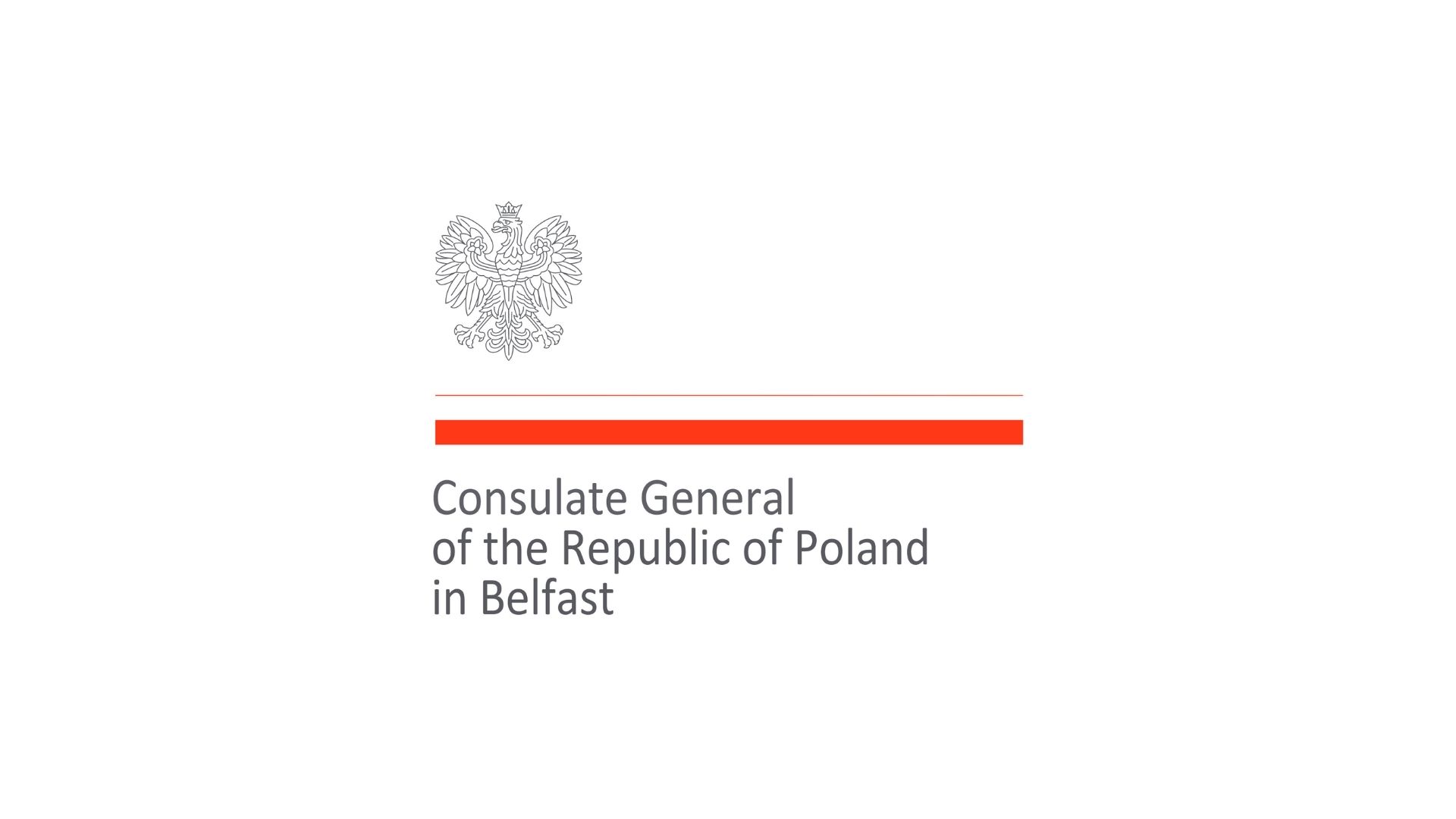Discover the Polish Wings Heritage Trail and follow in the footsteps of brave Poles who served in Ulster with the Royal Air Force during the Second World War.
Since Poland joined the EU in 2004, many migrants have made our country their home, who have contributed so much to our way of life, our economy, and our institutions like the NHS. Yet we have forgotten the incredible story of sacrifice that a generation of Polish men made for our nation during a time of wartime crisis.
The history of the Polish contribution to the war effort is one of bravery and ingenuity. The first cipher crackers to break Germany’s enigma code were not based in Bletchley Park, but in Warsaw. The Polish No. 303 squadron would become the most successful Fighter Command unit in the Battle of Britain, shooting down 126 Luftwaffe enemy aircraft in only 42 days. Sergeant Josef Frantisek was the top scoring ace with 17 confirmed victories in only four weeks, before he crashed in September 1940.
At the conclusion of the war, Air Chief Marshal Sir Hugh Dowding conceded that without the contribution of Polish Forces, the outcome of the Battle of Britain may not have been one of victory for the Allies. In terms of numbers, there were 16 Polish Squadrons located in
the UK as part of the Polish Air Force by the end of World War Two.
Between 1940 and 1945, over 100 Polish airmen were based in Northern Ireland in various RAF Squadrons as well as two Polish Fighter Squadrons operating from RAF Ballyhalbert. The graves of 15 Polish airmen are scattered across the Province.
This Trail tells the story of the airmen who lived and died fighting for the Allies in Northern Ireland. We hope that it will provide a new and intimate perspective on the Polish contribution to the war, and will link recorded histories with physical locations across Northern Ireland.
In association with:

